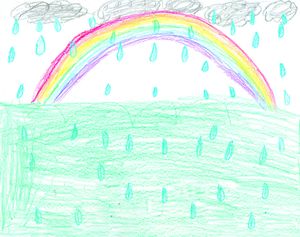The buried Irish children
We watched with disgust at “Philomena,” a movie based on the true story of a birth mother looking for her child. She was a young, unmarried Irish teen who got pregnant and had her child taken from her and placed for adoption with a U.S. couple.
However, many of the children died from disease while at the Catholic-sponsored orphanage/workhouse; in the film, a cemetery on the grounds shows graves marking the final resting places of infants and toddlers.
The real story is even worse. Researcher Catherine Corless found records for 796 young children believed buried in a mass grave – a former septic tank for the Tuam orphanage that existed from 1926-1961 in Galway. The tank was converted explicitly to be used as a mass grave. The children of the unwed mothers were denied baptism and Christian burial.
Today, the Catholic Church in Galway says it will post a plaque listing all 796 children, honoring their short lives and giving them recognition. Little lives, innocent and perfect, deserve to be remembered.
(S-R archive photo: “A Rainbow in Ireland” by Duncan Cooper.)
